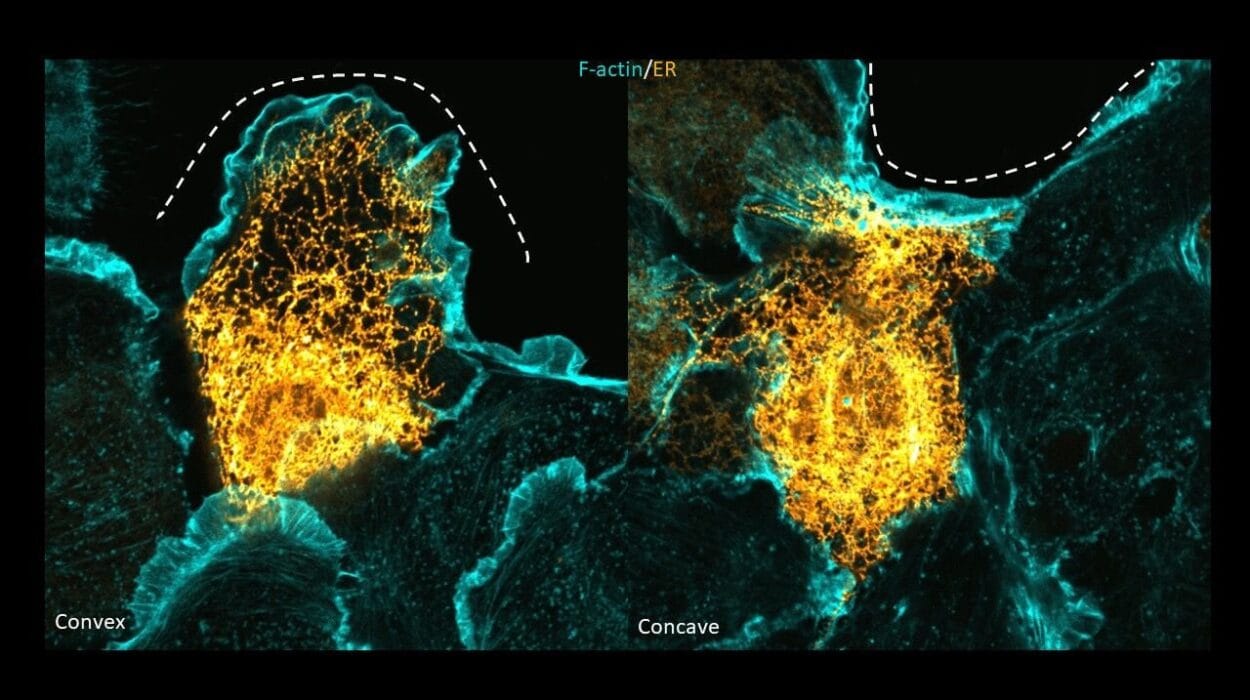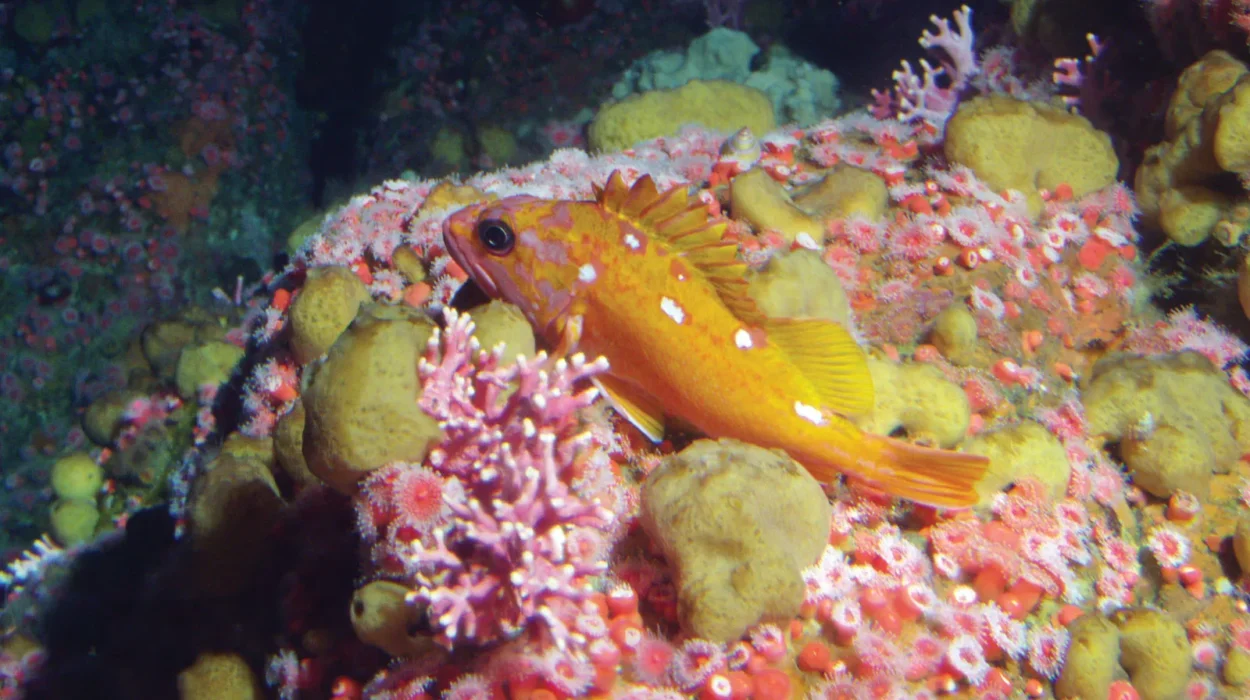Beneath the rolling waves of the world’s oceans, where light fades into blue depths and silence seems to reign, a vibrant world of sound exists. Here, dolphins—creatures celebrated for their intelligence and playfulness—engage in conversations as rich and complex as any symphony. They whistle, click, and burst into streams of sound that carry meaning, emotion, and intent. For decades, scientists have been peeling back the mystery of dolphin communication, revealing an astonishing truth: dolphins may be using something remarkably close to language to talk to each other.
When we hear dolphins vocalize, it may sound like chirps, squeaks, or rapid-fire clicks, but for dolphins, these sounds are more than noise. They are a lifeline, a way of coordinating hunts, nurturing young, avoiding predators, and maintaining social bonds in an environment where vision is limited but sound travels swiftly and clearly. Sound is to dolphins what sight is to humans—it is their most trusted sense, their most versatile tool, and perhaps even their poetic medium.
The question of whether dolphins “talk” like we do carries profound implications. It forces us to ask: are we alone in our ability to share complex thoughts, or are the oceans echoing with intelligent conversations we are only beginning to understand?
A Legacy of Curiosity: Humans and Dolphin Voices
The fascination with dolphin communication is not new. Ancient sailors, encountering dolphins leaping beside their ships, told stories of their mysterious calls. Aristotle, the Greek philosopher, recognized dolphins as air-breathing animals rather than fish and speculated on their intelligence. In modern times, this fascination deepened in the 20th century when scientists began recording and analyzing dolphin sounds.
One of the pioneers, John C. Lilly, was captivated by the possibility that dolphins might use a language akin to human speech. While some of his early claims were controversial and speculative, his work sparked global interest. In the decades since, rigorous scientific research has taken over, armed with advanced hydrophones, spectrograms, and computer models. What has emerged is a picture of dolphin communication that is breathtaking in its sophistication.
The Soundscape of the Sea
To understand dolphins’ language, we must first understand the ocean’s unique soundscape. Water is a superb conductor of sound—far more efficient than air. While light diminishes rapidly with depth, sound waves travel great distances underwater, making them the perfect medium for communication.
Dolphins evolved to master this world of sound. Their vocal abilities are housed in a specialized structure called the “phonic lips,” located just below the blowhole. By manipulating these structures, dolphins produce a remarkable range of sounds, each serving a different function.
Clicks, whistles, and burst pulses are the primary categories of dolphin vocalizations. But within these categories lies a nuanced vocabulary that scientists are still deciphering. Just as human speech combines vowels, consonants, tone, and rhythm to create meaning, dolphins combine sound patterns in ways that suggest structure and intention.
Signature Whistles: Names in the Sea
Perhaps the most striking discovery in dolphin communication is the existence of “signature whistles.” These are unique sound patterns that function like names. Each dolphin develops its own signature whistle early in life, often shaped by the calls of its mother but personalized to become distinct.
When dolphins meet, they exchange these whistles, effectively introducing themselves. Mothers and calves use them to stay in contact across distances. Members of a pod can call out the whistle of an absent dolphin, much like humans might call someone’s name to get their attention.
The use of signature whistles is one of the clearest signs that dolphins possess referential communication—the ability to use sounds to stand for individuals, much like words stand for objects or concepts in human language. This trait is rare in the animal kingdom and places dolphins among the most linguistically advanced creatures on Earth.
Beyond Names: Grammar in the Deep?
Signature whistles are just the beginning. Dolphins also use a complex mix of clicks, burst pulses, and whistle combinations to communicate information about their environment, emotions, and intentions. For example, coordinated groups of dolphins hunting fish will synchronize their clicks and whistles to maintain formation and corral their prey.
Recent research has suggested that dolphin communication may display elements of syntax—the arrangement of sounds in specific sequences to create meaning. In human language, grammar allows us to combine words into sentences. Some studies propose that dolphins, too, combine vocal elements in structured ways, though whether this amounts to full grammar is still debated.
The possibility of grammar in dolphin speech is both thrilling and controversial. If true, it would suggest not just communication but a true language, one capable of expressing complex thoughts. Scientists are cautious, but the evidence continues to accumulate, hinting that dolphins may possess a communication system far more advanced than we once imagined.
Echolocation: Talking Through Touching Sound
While whistles and calls carry social meaning, dolphins also employ sound for another purpose—echolocation. By producing rapid sequences of clicks and listening to the echoes bouncing back, dolphins can “see” their environment in exquisite detail, even in total darkness.
Echolocation is more than a navigational tool. It also plays a role in communication. Dolphins can aim echolocation clicks at one another, sharing information about objects in the environment. In a sense, it is as though they are projecting images through sound, enabling them to share a sensory experience directly.
Imagine being able to tell a friend about a hidden object not by describing it in words, but by transmitting a detailed sonar image. For dolphins, this is a natural part of their interactions, expanding their communicative abilities beyond what humans can easily grasp.
Social Bonds and Emotional Voices
Dolphins are intensely social animals, living in pods that range from a handful of individuals to hundreds. Communication is the glue that holds these societies together. From playful chirps during games to urgent whistles during danger, sound conveys the emotional undercurrents of dolphin life.
Mothers use gentle whistles to soothe their calves. Allies use calls to coordinate defense against sharks. During cooperative hunts, dolphins synchronize their sounds, reinforcing teamwork. Even play—an essential part of dolphin culture—is accompanied by bursts of vocal joy.
These emotional dimensions of dolphin sounds are a reminder that communication is not only about information but also about connection. Just as humans use tone, laughter, or song to express feelings, dolphins use their vocal repertoire to strengthen bonds and share experiences.
Dialects and Cultural Transmission
One of the most remarkable discoveries in recent years is that dolphin communities can have distinct “dialects.” Pods living in different regions develop variations in their whistles and calls, much like human languages vary across cultures.
This suggests that dolphin communication is not purely instinctual but also shaped by learning and culture. Young dolphins pick up vocal patterns from their mothers and peers, adapting their repertoire to match their community. This cultural transmission of language-like behavior is rare in the animal kingdom and underscores the parallels between dolphins and humans.
The Question of Language
The idea that dolphins might have a true language is both tantalizing and controversial. Language, in the strictest sense, involves not only symbols and grammar but also displacement (the ability to talk about things not present) and generativity (the ability to create new meanings from existing elements).
Some evidence suggests dolphins may indeed approach these thresholds. For instance, dolphins trained by researchers have demonstrated the ability to understand symbolic commands and even grasp the difference between word order—recognizing that “take the ball to the hoop” is different from “take the hoop to the ball.”
But whether dolphins naturally use such complex structures in the wild remains an open question. What is clear is that their communication system is far richer and more flexible than once believed, and it may represent a parallel path of linguistic evolution.
Technology and the Search for Dolphin Speech
Modern technology is revolutionizing our ability to decode dolphin communication. Hydrophone arrays can record dolphin sounds in three dimensions, while artificial intelligence is being used to detect patterns and structures invisible to the human ear.
Projects like the CETI (Cetacean Translation Initiative) aim to use machine learning to analyze vast datasets of dolphin vocalizations, searching for evidence of syntax, vocabulary, and meaning. These efforts are akin to deciphering an alien language, one spoken in a medium and structure utterly different from our own.
If successful, such research could not only unlock the secrets of dolphin communication but also expand our understanding of intelligence itself, challenging the human-centered view of language and mind.
Ethical Dimensions: Listening with Responsibility
As we edge closer to understanding dolphin communication, profound ethical questions emerge. If dolphins possess a language, or at least a system of communication with linguistic properties, what does this mean for how we treat them?
Dolphins are already recognized for their intelligence, but acknowledging them as linguistic beings could strengthen arguments for granting them greater protections, even legal rights. Some ethicists argue that dolphins should be considered “non-human persons,” deserving of freedom from captivity and exploitation.
Listening to dolphin conversations is not just a scientific endeavor—it is a moral one. It asks us to reconsider our relationship with other intelligent beings on this planet and to extend empathy across the boundaries of species.
Dolphins as Mirrors of Ourselves
The study of dolphin communication does more than reveal the richness of their world—it reflects back on our own. By exploring how dolphins use sound to convey meaning, we learn more about the nature of language, intelligence, and social bonds. We come to see that communication is not solely a human domain but a shared evolutionary achievement, expressed in diverse forms across life.
Dolphins remind us that we are not alone in our capacity for connection, creativity, and perhaps even storytelling. The ocean is alive with conversations we are only beginning to overhear, and in listening, we may come to better understand both them and ourselves.
The Future of Dolphin Language Research
The journey to uncover the secrets of dolphin communication is far from over. Each year brings new discoveries, new technologies, and new questions. Could we one day “talk” with dolphins, sharing thoughts across species? Could understanding their language help us protect them more effectively, preserving the cultures of dolphin pods threatened by human activity?
These questions inspire scientists, philosophers, and dreamers alike. The answers will require patience, respect, and humility, for we are entering a realm shaped by millions of years of evolution, a realm where sound carries the wisdom of the sea.
Conclusion: The Voices Beneath the Waves
To ask how dolphins use language to talk to each other is to glimpse a hidden world—an underwater chorus where whistles are names, clicks are maps, and sounds carry the weight of relationships. Dolphins do not speak with tongues, but with echoes, pulses, and melodies that weave meaning across the currents.
We may never fully translate the poetry of dolphin speech, but what we do understand already transforms us. It shows us that language is not confined to human lips but is a universal tool life has shaped in wondrous ways. It reminds us that intelligence thrives in unexpected places, that other minds move alongside ours, and that listening deeply to the natural world is perhaps one of the greatest acts of science and of empathy.
Beneath the waves, dolphins continue their conversations—mothers calling to calves, allies coordinating hunts, pods exchanging greetings in the twilight blue. The ocean, it turns out, is not silent at all. It is alive with voices, and in those voices echoes the profound truth that life itself is a dialogue.






